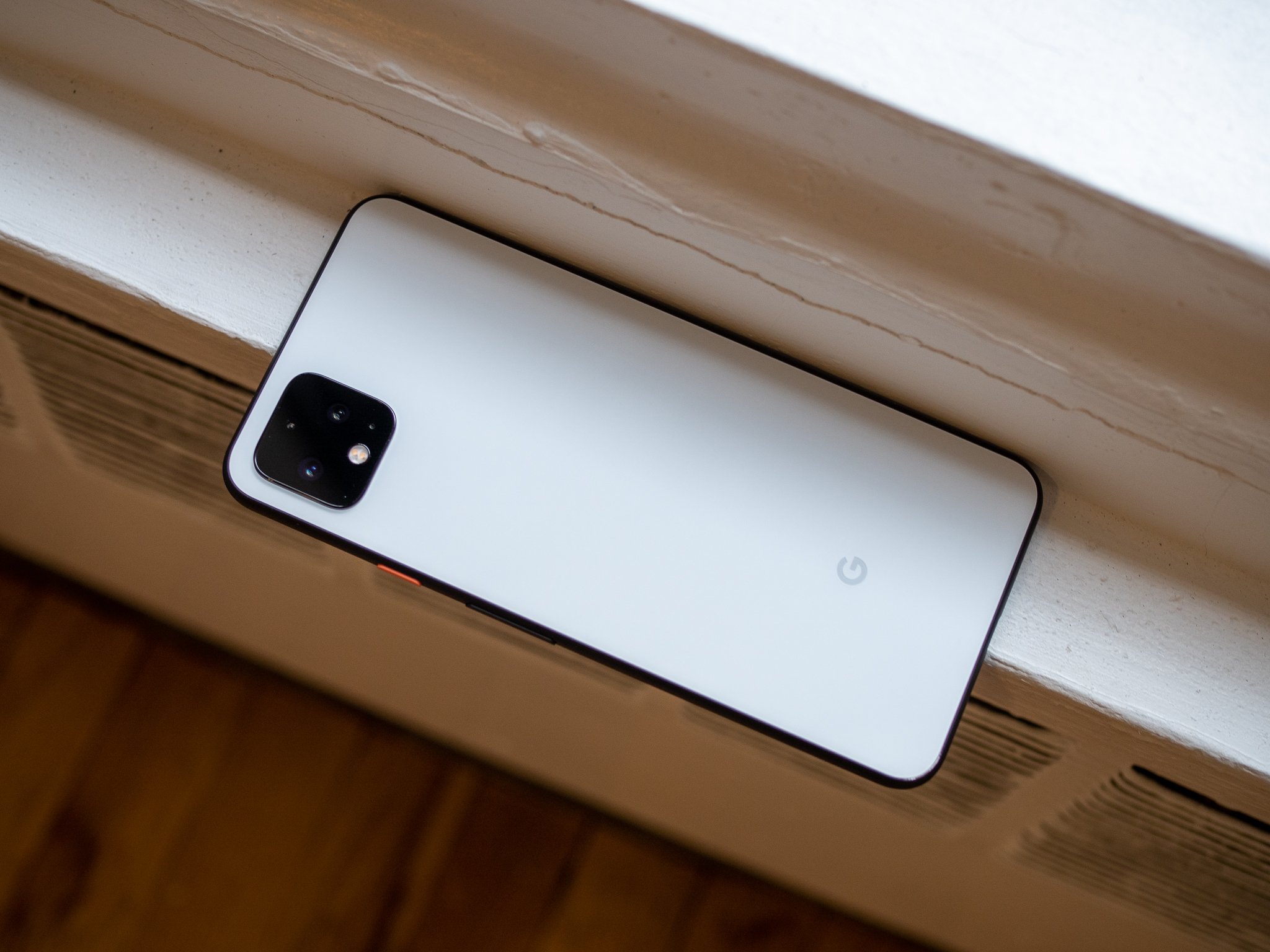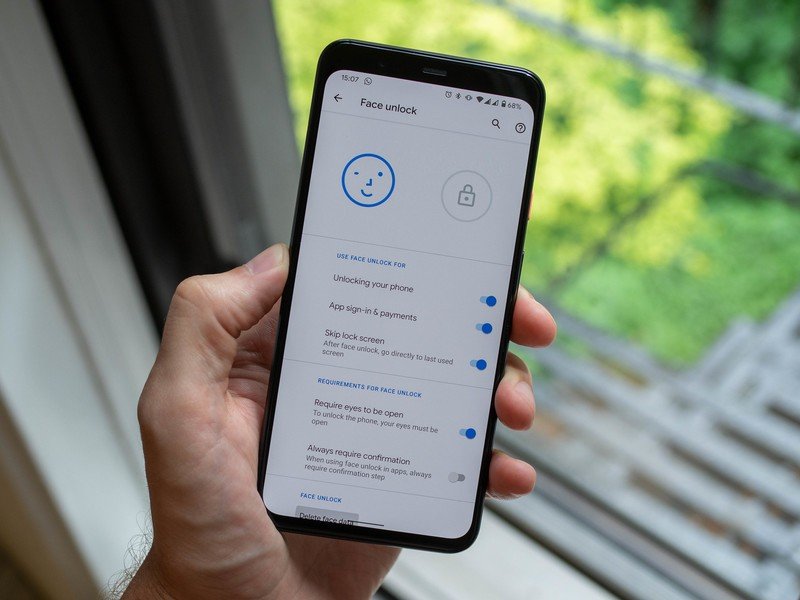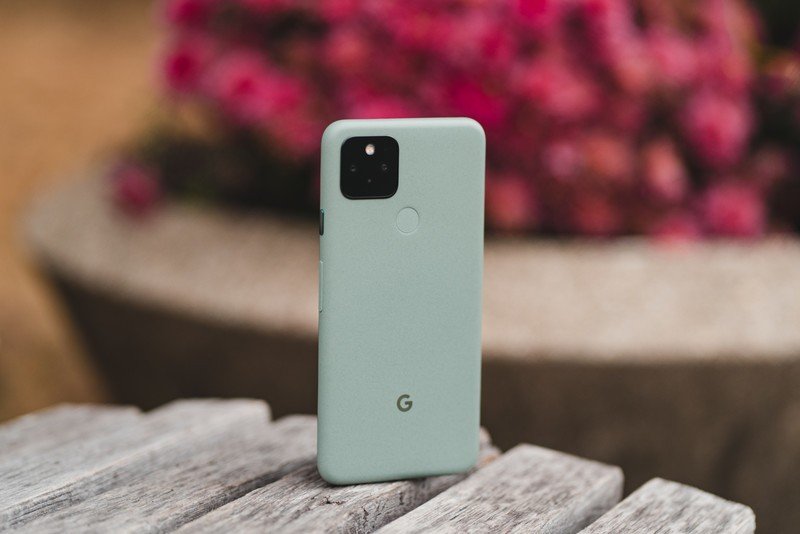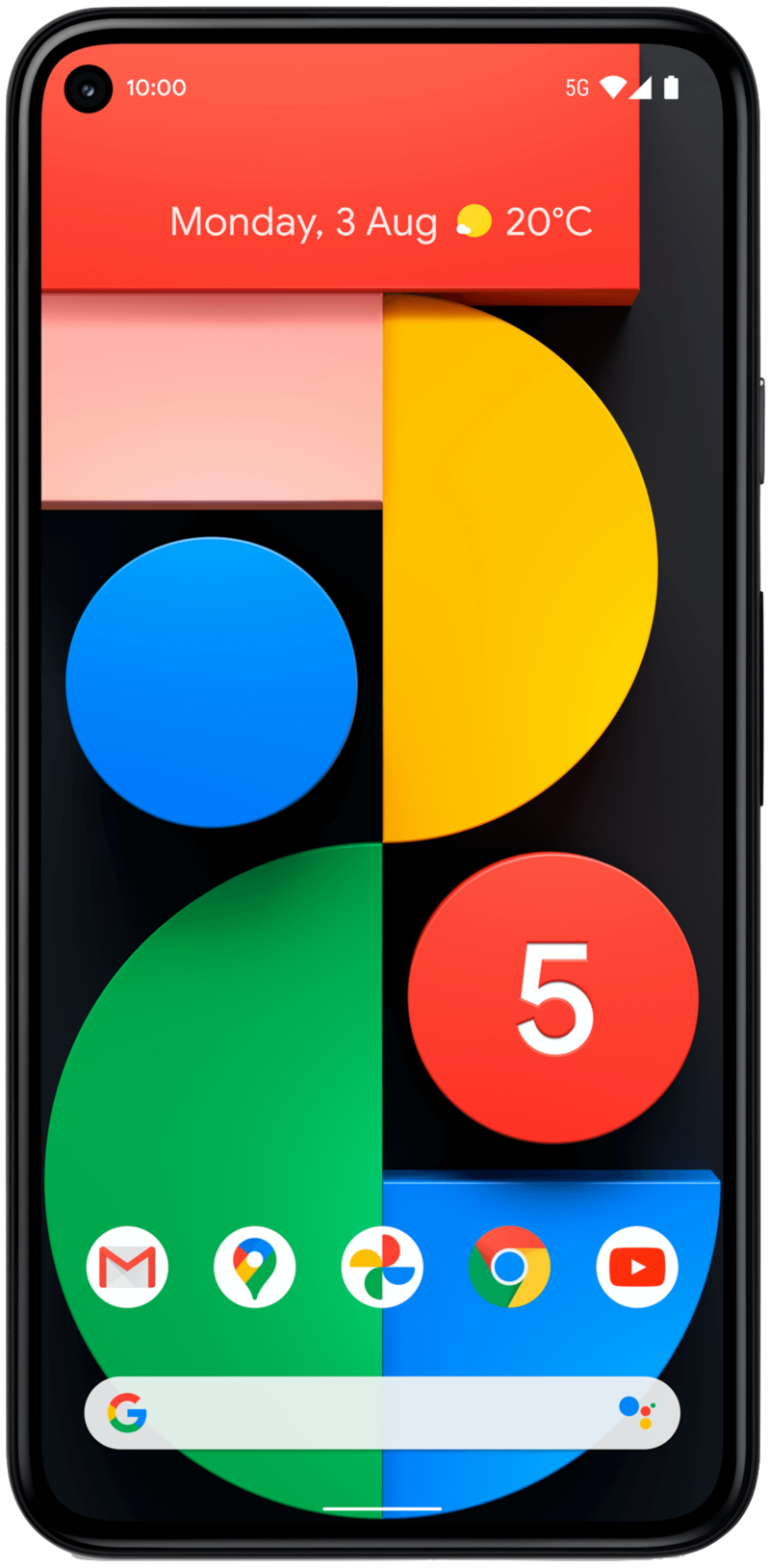Should you buy a Google Pixel 4 in 2021?

Best answer: No. Although the Pixel 4 has held up well over time, Google's more recent releases cover a wide variety of price ranges and better battery quality, so it's hard to recommend buying a Pixel 4 in 2021. Bargain hunters may want to consider the Pixel 4a, one of the best cheap Android phones.
How much does the Pixel 4 cost these days?
After selling through its existing inventory, Google actually discontinued the Pixel 4, along with the larger Pixel 4 XL, back in August 2020. But that doesn't mean you still can't get the phone through other retailers.
Currently, Amazon offers the Pixel 4 for just under $550, down roughly $250 from its original launch price of $800. On its own, that's a decent price for a phone that's still plenty capable, but weighed against newer options like the Pixel 4a and Pixel 5, it's much more difficult to justify.
What's it like to use the Pixel 4 in 2021?

The biggest selling point of every new Google device is having front access to new versions of Android as they drop, and that's still the case here. Since its release, the Pixel 4 has been updated to Android 11, and users that are comfortable with running pre-release software can even try out the first Android 12 developer preview on the Pixel 4. Thanks to Google's promise of at least three years of software updates on its phones, we can expect the Pixel 4 to also eventually be updated to Android 13 sometime next year.
Performance on the Pixel 4 is just as snappy now as it was at launch. That's partially thanks to the 90Hz refresh rate display, though some credit also goes to the Snapdragon 855 processor, which still holds up great against daily tasks and gaming. The cameras around the back remain strong performers, as well — even on the newer Pixel 5, Google hasn't changed its primary sensor in years, meaning the only differences in imaging between the two come from variations in processing.
Be an expert in 5 minutes
Get the latest news from Android Central, your trusted companion in the world of Android
In fact, I still think the Pixel 4 has a distinct advantage over its successor: face unlock. Don't get me wrong, I also love the fingerprint sensor on the back of the Pixel 5, but it's hard to beat the effortless convenience of having your phone unlock with just a glance (though admittedly, this is less functional and appealing while we're all wearing masks). App support has expanded greatly since the Pixel 4's release, though since Google dropped the feature with its subsequent releases, it's unlikely that face unlock will continue to gain much traction with apps that still don't support it.
The biggest problem with the Pixel 4 remains its battery life. With only a 2800mAh battery inside, I've struggled to make it to dinner time with the Pixel 4, let alone the end of the day, and the situation gets even worse when you're traveling or using the phone in poorly serviced areas. Despite Google's continued efforts with software-based power management, the Pixel 4 still has woeful battery life that can make it extremely frustrating at times to use.
What else should I get?

You don't have to stray far from the Pixel 4 to find better options, no matter your price range. The Pixel 4a sells for less than half the Pixel 4's launch price at just $350, and offers a nearly identical experience with the same outstanding software support. The tradeoffs? The 4a swaps the Pixel 4's glass backing for a plastic shell, and drops the 2x telephoto lens to offer a single camera around back.
The processor, Qualcomm's lower-end Snapdragon 730G, isn't quite as powerful, either, but performance is still hardly a problem on the Pixel 4a, and you get a newer design with significantly smaller bezels around the display (limited to just 60Hz). For biometrics, you get a rear-mounted fingerprint sensor, rather than face unlock, and the larger 3140mAh battery provides far better longevity throughout the day.
Battery life is by far the biggest reason to choose a different phone over the Pixel 4.
If you have a bit more money to spend, however, and you'd like to dabble with 5G connectivity, the Pixel 4a 5G is another option with a much larger 3885mAh battery, a more powerful Snapdragon 765G processor, and a 6.2-inch OLED display.
Best of all, it's still slightly cheaper than the Pixel 4 at just $500, and as the name implies, the Pixel 4a 5G supports both sub-6GHz and millimeter-wave 5G networks, depending on the particular variant you buy.
The true successor to the Pixel 4, however, is the Pixel 5, and while it's a bit more expensive at $700, you're handsomely rewarded with an aluminum chassis that still supports wireless charging, as well as a secondary 0.6x ultra-wide camera and a 90Hz OLED display. The Snapdragon 765G processor matches that of the 4a 5G, as does the 5G support.
Where the Pixel 4 had among the worst battery life of any phone I've used in years, the Pixel 5 conversely has outstanding battery life, thanks to tight software optimization and a significantly larger 4080mAh battery. If longevity is at all a priority to you, the Pixel 5 is a must-buy.

Sturdier build and dramatically better battery life
The Pixel 5 more than doubles the Pixel 4's battery life and adds an ultra-wide camera to the mix, while delivering on the same promise of constant software support and great photography. Though you'll sacrifice face unlock, this is a much better buy than even a discounted Pixel 4.

The Pixel you expect for a price you don't
The Pixel 4a's overall experience closely matches that of the Pixel 4, with the same great primary camera and clean Android software, for roughly half the price. If you can live with a plastic body and 60Hz display, this is a terrific alternative with the bonus of improved battery life.
Hayato was a product reviewer and video editor for Android Central.

